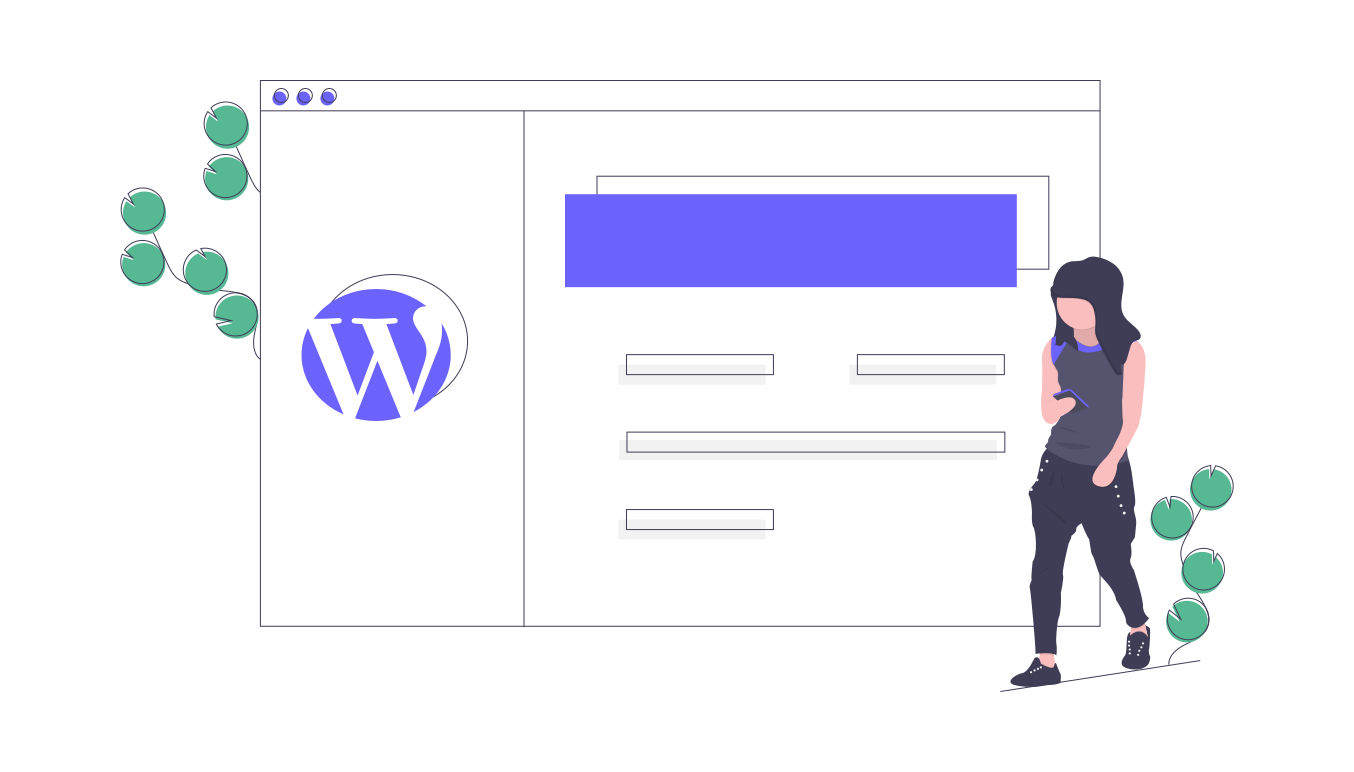Content management systems (CMS) are software applications that allow individuals and organizations to manage digital content, such as text, images, and videos, in a centralized and organized manner. They are widely used by businesses, government agencies, and non-profit organizations to create, manage, and publish content on websites and other digital platforms.
One of the main benefits of using a CMS is that it allows for easy and efficient management of digital content. With a CMS, multiple users can access, edit, and approve content from a single platform, without the need for complex coding or technical expertise. This makes it possible for non-technical staff members to create and publish content, freeing up IT resources for other tasks.
Another key benefit of a CMS is that it enables organizations to keep their website or digital platform up-to-date with fresh and relevant content. By providing a centralized location for content creation and management, a CMS makes it easy for organizations to maintain a consistent and professional online presence.
There are two types of CMS: traditional and headless. Traditional Content management systems provides frontend to manage your content and also frontend to show that content to your users. While Headless CMS is only for managing your content and doesn’t provide any frontend, Instead it provides API to access the content.
There are many different types of CMS available, each with its own set of features and capabilities. Some popular traditional CMS include WordPress, Drupal, and Joomla. These open-source platforms are free to use, and they provide a wide range of plugins and add-ons that can be used to customize the functionality of the platform.
On the other hand, some popular headless CMS include Contentful, Strapi, and GraphCMS. These CMSs focus on providing a robust API to manage content and are commonly used with front-end frameworks like React and AngularJS.
When choosing a CMS, it’s important to consider the specific needs of your organization. For example, if you need a platform that can handle a high volume of content, you may want to choose a system that is scalable and can handle large amounts of data. Additionally, if you have a large number of users who need to access and edit content, you should consider a system that offers role-based access controls and user management features.
Conclusion
In conclusion, Content management systems (CMS) are an essential tool for any organization that needs to manage and publish digital content. They provide an efficient and centralized way to manage content, which can help organizations maintain a consistent and professional online presence. With the wide variety of CMS available, it’s important to choose a system that meets the specific needs of your organization. Whether you need a traditional or headless CMS, there is a solution out there that can help you achieve your goals.

